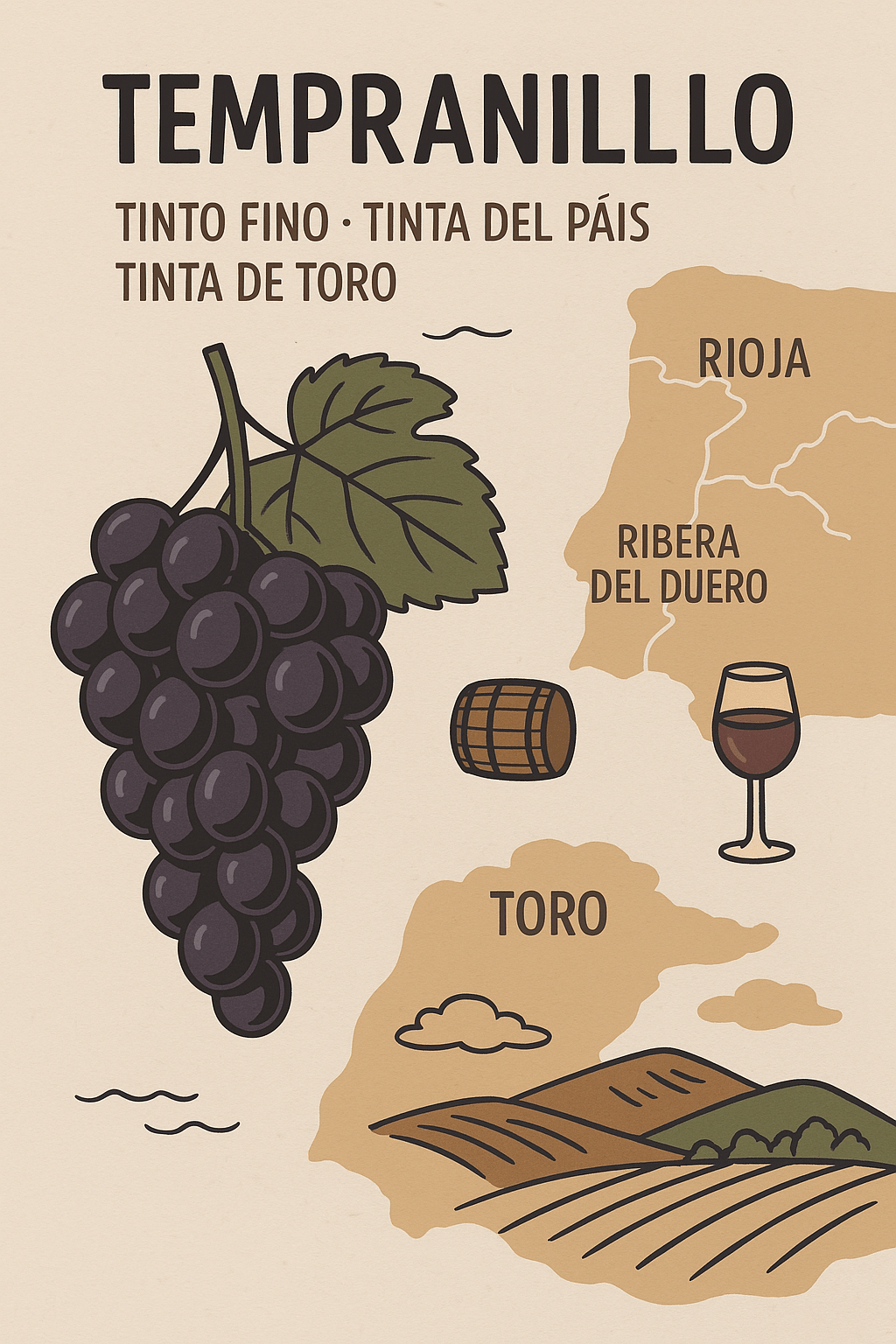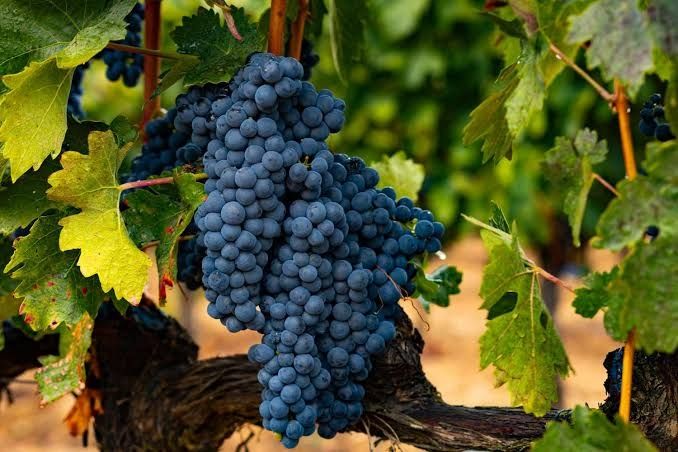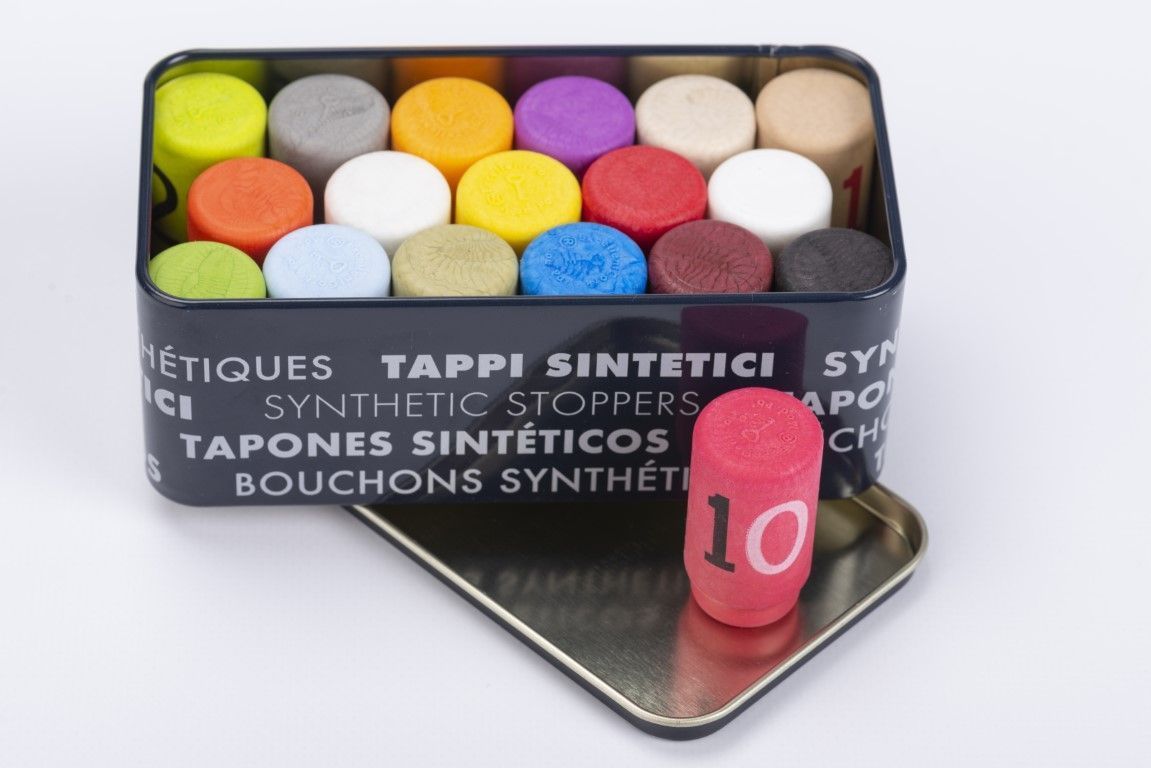The choice between Tempranillo and Garnacha is a recurring question among wine lovers. Both grape varieties are iconic in Spanish viticulture and offer unique profiles that set them apart. Below, we explore their differences and similarities to help you better appreciate each one.
Origin and Geographic Distribution
Tempranillo
Tempranillo is an indigenous Spanish grape, prominently grown in regions such as La Rioja, Ribera del Duero, and Toro. Its name comes from “temprano” (early), referring to its early ripening compared to other red grapes. This makes it particularly suited for cooler climates.

Garnacha
On the other hand, Garnacha (known internationally as Grenache) originated in Aragón and has spread worldwide, including to regions of France and Australia. In Spain, it is predominant in areas such as Priorat, Campo de Borja, and Calatayud. This variety is appreciated for its resistance to harsh climates and adaptability to different soils.
Vine Characteristics
Tempranillo
The Tempranillo vine is characterized by:
- Leaves: Large, dark green with well-defined lobes.
- Clusters: Medium-sized and compact.
- Berries: Spherical, thick-skinned, and blue-black in color.
This variety is sensitive to diseases like powdery mildew and botrytis, requiring specific care in the vineyard.
Garnacha
Garnacha vine traits include:
- Leaves: Medium-sized, five-lobed, and lighter green.
- Clusters: Large and loose.
- Berries: Round, thin-skinned, and reddish-purple.
Garnacha is drought- and wind-resistant, making it a viable option in arid regions.
Organoleptic Profile of the Wines
Tempranillo
Wines made from Tempranillo typically show:
- Color: Ruby red with violet tones when young, evolving to brick hues with age.
- Aromas: Ripe red fruits like cherry and plum, with tobacco, vanilla, and leather notes from barrel aging.
- Taste: Balanced, with moderate tannins and fresh acidity, lending elegance.
These wines are versatile and can range from fresh, fruity young styles to complex, structured aged wines.
Garnacha
Wines from Garnacha are known for:
- Color: Bright red with purple hues.
- Aromas: Red fruits like strawberry and raspberry, with spicy and herbal touches.
- Taste: Medium-bodied, soft tannins, and a juicy, generous mouthfeel.
Garnacha produces approachable and enjoyable wines, perfect for those seeking fruity and aromatic expressions.
Vinification and Aging
Tempranillo
Tempranillo is suitable for various winemaking approaches:
- Barrel aging: Its tannic structure and balanced acidity make it ideal for extended oak aging, developing depth and complexity.
- Blending: Commonly blended with other varieties like Garnacha, Carignan (Mazuelo), or Graciano to enhance complexity.
This versatility allows the production of everything from fresh, young wines to grand reservas with notable aging potential.
Garnacha
Due to its lower tannin content, Garnacha wines tend to:
- Be consumed young: Many Garnacha wines are enjoyed in their youth to highlight their fruity character.
- Undergo barrel aging: While less common, some producers age Garnacha in oak to add complexity, resulting in more robust wines.
Garnacha is also used to produce rosé and sweet wines, showcasing its versatility in winemaking.
To preserve the unique qualities of Tempranillo or Garnacha during bottling and storage, it’s essential to use high-quality closures. Explore our selection of synthetic wine closures that ensure perfect preservation without interfering with aroma or flavor.
Food Pairing and Gastronomy
Tempranillo
Tempranillo wines pair wonderfully with:
- Red meats: Roasts and stews of suckling lamb.
- Cured meats: Iberian ham and chorizo.
- Cheeses: Aged cheeses like Manchego.
Its versatility also makes it suitable for Mediterranean cuisine, such as rice dishes and paellas.
If you’re a winery looking for innovative and sustainable solutions, explore our range of recyclable cork-look closures, ideal for young, fruity wines like those made from Garnacha.
Garnacha
Garnacha wines are versatile, and their fruity, spicy profile allows for diverse pairings. Recommended matches include:
- Spicy dishes: Asian, Mexican, or paprika-spiced foods.
- White meats: Chicken, pork, and herb-roasted lamb.
- Creamy cheeses: Brie, Camembert, or fresh goat cheese.
- Tapas and charcuterie: Chistorra, morcilla, or patatas bravas.
Thanks to its balanced acidity and smooth tannins, Garnacha is an excellent choice for easy food pairings across a wide range of dishes.

Production and Vineyard Area in Spain
Tempranillo and Garnacha are among Spain’s most cultivated grape varieties, though they differ greatly in surface area and regional distribution.
- Tempranillo: The most planted red grape in Spain, covering over 200,000 hectares, mainly in La Rioja, Ribera del Duero, Toro, Navarra, and Castilla-La Mancha.
- Garnacha: Once widely planted, it now covers around 60,000 hectares. It’s grown in regions like Aragón (Campo de Borja, Calatayud), Catalonia (Priorat, Montsant), La Rioja, and Madrid.
Garnacha has seen a resurgence in recent years, as winemakers recognize its potential for producing high-quality wines, especially from old, low-yielding mountain vineyards.
Interested in exploring wine culture and technical insights? Visit our blog on corks and wine where we share valuable content about materials, sustainability, and the latest innovations in the wine sector.
Frequently Asked Questions
What is the main difference between Tempranillo and Garnacha wines?
The key difference lies in flavor profile and structure. Tempranillo tends to have more body, balanced acidity, and notes of ripe red fruits, leather, and tobacco. In contrast, Garnacha is lighter, fruitier, and spicier, with a silkier texture and softer tannins.
Which variety is better for long-aging wines?
Tempranillo is better suited for aging due to its acidity and tannic structure, which support extended time in barrel and bottle. Garnacha is often consumed young, though some aged versions also deliver excellent results.
Is it common to blend Tempranillo and Garnacha?
Yes, particularly in Rioja and Navarra, where Garnacha adds fruit and softness to Tempranillo, balancing its tannins and acidity. This combination creates rounder, more approachable wines.
Which Spanish regions are known for Garnacha wines?
Notable Garnacha-producing regions include:
- Campo de Borja and Calatayud (Aragón): Fruity, powerful Garnachas.
- Priorat and Montsant (Catalonia): Structured, mineral-rich wines with great longevity.
- Navarra: Especially known for its fresh, vibrant rosés.
How does soil type influence Tempranillo and Garnacha wines?
Tempranillo thrives in clay-limestone soils, enhancing structure and longevity. Garnacha performs well in poor, rocky soils—such as those found in Priorat and Campo de Borja—producing concentrated, expressive wines.
With this complete guide to Tempranillo and Garnacha, it’s clear that both varieties have unique attributes. While Tempranillo dominates Spanish vineyards and is the backbone of many prestigious wines, Garnacha has reemerged strongly, showing its capacity to produce vibrant and expressive wines.
In addition, choosing the right synthetic closure is key to preserving these wines’ original characteristics. Excellent Cork offers high-quality synthetic corks, ensuring optimal preservation without risking aroma or flavor alterations—an ideal solution for wineries seeking the best value.




